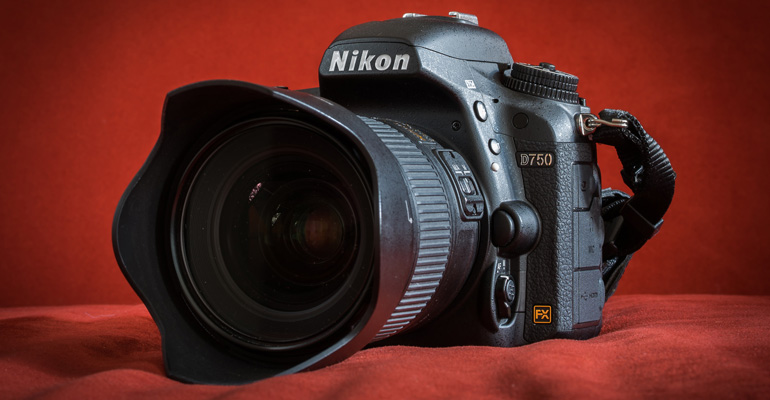Purchasing a new camera can sometimes be a daunting task. It’s easy to get overwhelmed when looking at all the various specifications on all the different DSLR’s out there. If you’re planning on purchasing a Nikon they have several full frame DSLR’s. Here are the 10 key differences between 3 of them that you’ll need to know.
Nikon’s new D750 DSLR was announced in September 2014 at Photokina ( See the pros and cons of the Nikon D750 ) and sits in between the D610 Nikon’s “entry level” full-frame DSLR and the D810.
It features many of the same specifications as the Nikon D810, but also a number of key differences that make it more appealing in some ways than its more expensive sibling. But, if you’re on a budget, it could be that the Nikon D610 is actually the most tempting prospect.
All of them are fantastic cameras, but let’s take a look at the key specifications to help differentiate between the models.
Nikon D750 vs Nikon D810 vs Nikon D610: 01 sensor
The Nikon D800 made headlines when it was announced thanks to its huge pixel count, and the D810’s 36 million pixels is still the highest resolution full-frame DSLR sensor currently on the market.
If you’re working in advertising or commercial photography and need the ability to print at huge sizes, this incredible pixel count is really appealing – it’s also useful for cropping into images for better composition.
Meanwhile, both the D750 and the D610 have a more than adequate for most scenarios 24.3 million pixels – Nikon says that the D750’s sensor is newly designed, though.
Another consideration is that the D810 has no anti-aliasing filter over the sensor, while the Nikon D750 and D610 do – which makes the Nikon D810 better for resolving ultra fine detail.
Architectural and landscape photographers may find this particularly useful.
Source: Digital Camera World
Image Source: Henry Söderlund

